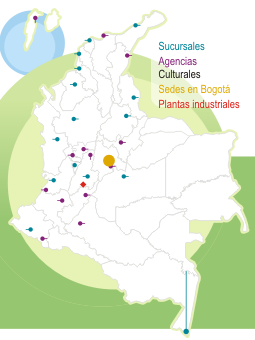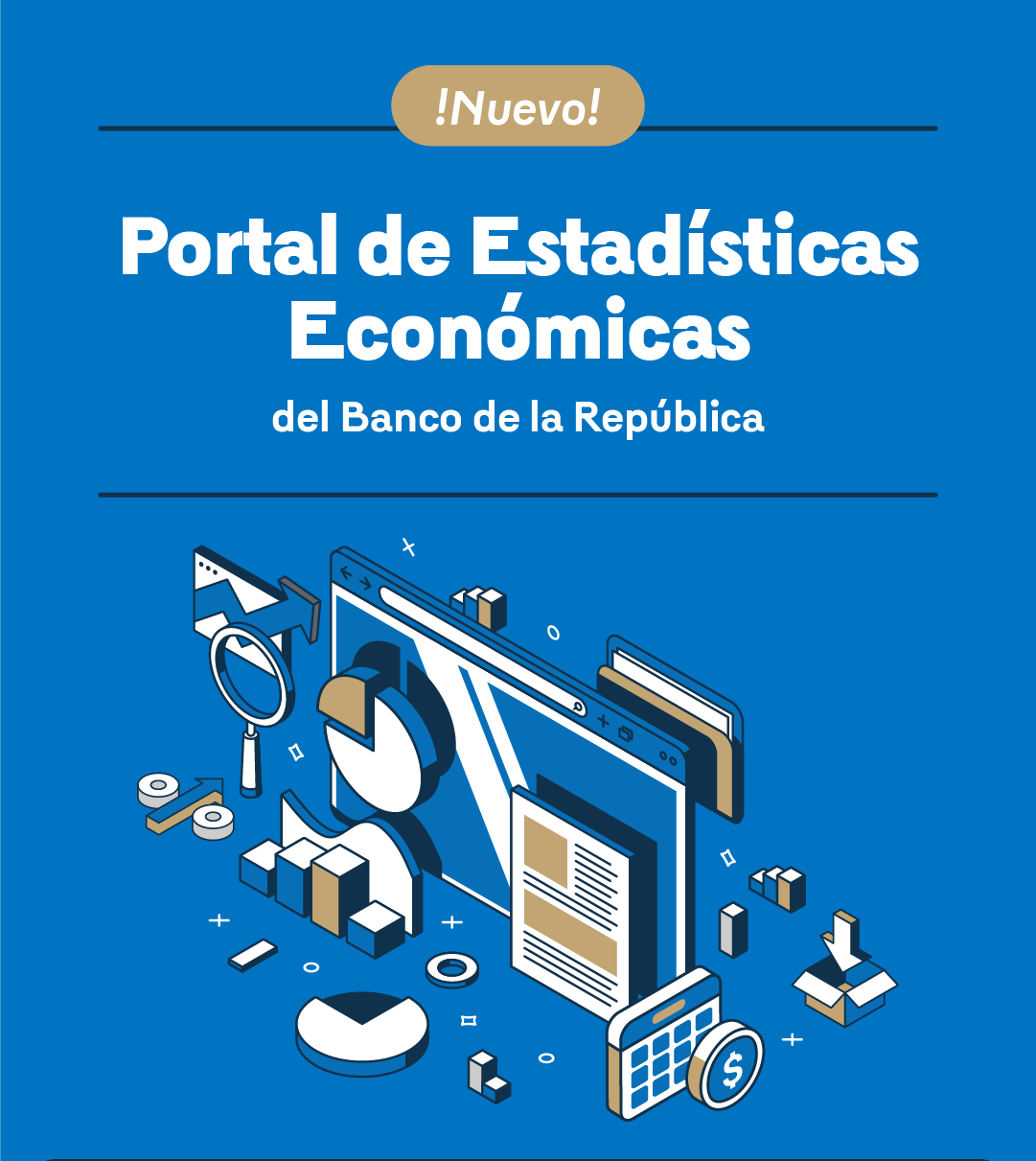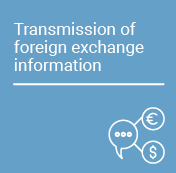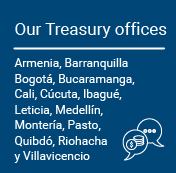Essays on Economic Policy (ESPE in Spanish) - Winners and Losers in the Allocation of Credit During the Era of Import-Substitution Industrialisation in Colombia, 1940-1967
In the journal Essays on Economic Policy (ESPE) - we disclose the results and policy proposals that arise from academic research carried out at the Banco de la República. When you read us, always keep in mind that the content of our articles, as well as the analyzes and conclusions derived from them, are the sole responsibility of their authors. The material disclosed in our ESPE magazine does not compromise or represent the opinion of Banco de la República or that of its Board of Directors.
This paper examines the structure and dynamics of institutionalised flows of credit between economic sectors – with a distinct emphasis on industry – during the era of import-substitution industrialisation. Using the debate between “balanced vs. unbalanced growth” theories as prompting guide, the paper challenges conventional wisdom sustaining that the state supported industrialisation by providing ample/subsidised credit to industrialists. The argument in this article is that the relative share of institutionalised credit flowing to manufacturing was significantly lower than hitherto assumed, when the sectoral allocation considers the financial system as a whole. In fact, it is argued that industrialists were the losers in a financial system in which key players – the Central Bank (CB) – represented competing interests. This proposition is substantiated with a combination of newly constructed datasets integrating credit series for public and private banks, as well as data discriminating the sectoral allocation of resources originating in the CB.

































































